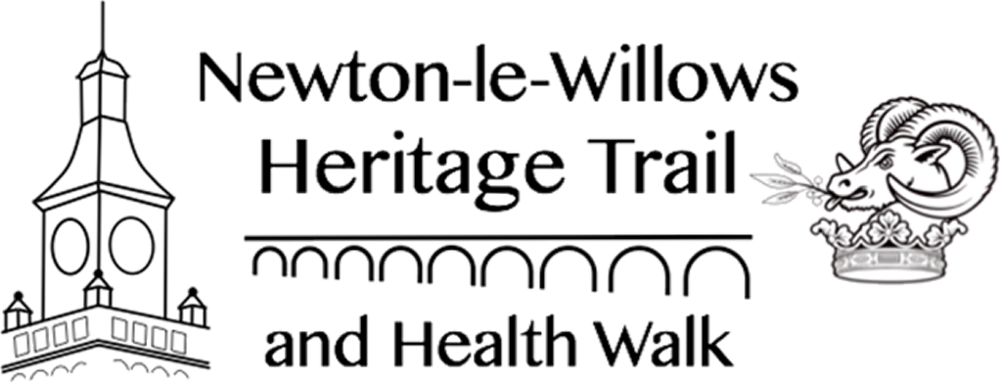Market Square and Obelisk
The earliest grant of a market and fair in Newton was to Sir Robert Banastre in 1257. There was a Tuesday market, and a fair between 29th and 31st October. A Saturday market was granted in 1301 by Edward I to John de Langton, along with two fairs between 5th and 7th May and on 31st July. The Saturday market was only discontinued in 1824, being revived periodically before being transferred to Earlestown in 1870.
The stone obelisk was transferred from the grounds of St. Peter’s church. This obelisk had replaced an earlier wooden cross and was brought to Newton by the Legh family in 1819 from their estate at Disley. Though not in the appropriate form, it was known as the market cross as the charter of the fair was read from its steps. In 1870 it was relocated to the new market square in Earlestown.
Town Hall
Earlestown Town Hall was designed by Earlestown architect Thomas Beesley and built between 1892 - 1893 by R Neill & Sons of Manchester at a cost of £10,200. Land at Mesnes Park had been offered by the Lord of the Manor to celebrate Queen Victoria’s Golden Jubilee in 1888, but as the public preferred a public hall to a public park the offer was amended to the land for the Town Hall and a donation of £500 towards the building cost. The Town Hall was Grade 2 listed in 2008.
War Memorial
At the close of the Boer War the Local War Relief Fund had a surplus of over £800. It was decided to honour the local volunteers with a war memorial and to donate towards establishing the War Memorial Cottage Hospital. The Grade II listed War Memorial was unveiled by Lord Newton on 29th April 1905. It was designed by Earlestown architects Dring & Manchester and was implemented by Scott & Prescott of St. Helens.
Originally erected to perpetuate the names of those men from Newton-in-Makerfield who volunteered for the front and served in South Africa during the Boer War. Subsequent additions were included to commemorate those lost in the Great War and World War II.
Pavillion
On the site of the current police station there used to stand a building called “The Pavilion”. It was initially a roller skating rink, but by 1911, as the skating craze subsided, it was converted into a music hall and theatre. By 1913 a projector had been installed and films were being shown, however theatre was still the primary use.
The Pavilion closed in 1955 when it was unable to compete with the high-tech cinematic offering at the much newer Curzon Cinema. It stood derelict for nearly ten years before being demolished to make way for the police station.




